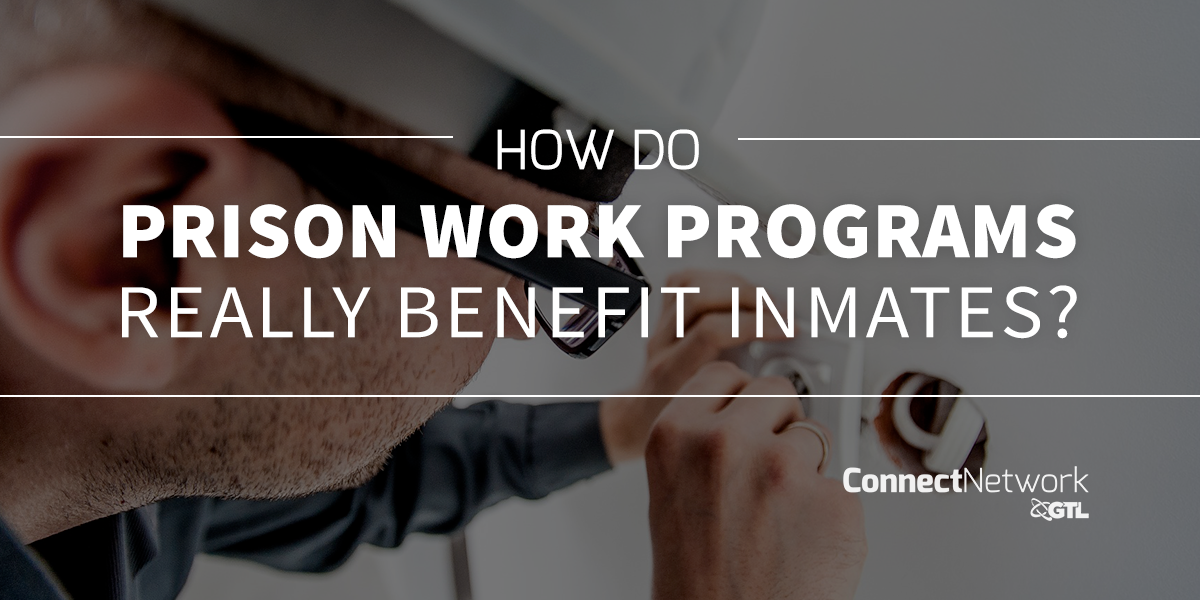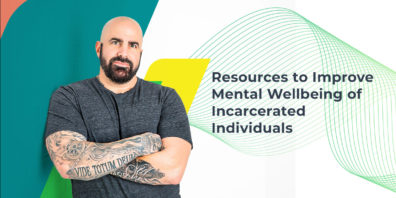How Do Prison Work Programs Really Benefit Inmates?
juillet 05, 2016
According to a study by the National Institute of Justice, inmates who have the opportunity to engage in prison work programs while incarcerated have an easier time getting work once they are released.
Authors Smith and Moses are quoted to say, “Offenders who worked for private companies while imprisoned obtained employment more quickly, maintained employment longer, and had lower recidivism rates than those who worked in traditional correctional industries or were involved in ‘other-than-work’ (OTW) activities”.
There are two types of prison work programs offered in correctional facilities: Traditional Industries (TI) and Prison Industry Enhancement (PIE).
Understanding the options available for prison work programs within a particular facility will help your loved one get the most out of any given program.
Traditional Industries Work Programs
In the traditional industry prison work programs, inmates manufacture or service goods such as name plates, mattresses, desks, shelving, seating, bookcases and more.
These items are sold to state, county and municipal offices school districts, and nonprofit organizations.
This hands-on work offers the inmate training on a specific skill that provides them with ways to return to society and contribute as well as earn a wage.
While incarcerated, the working inmate offsets their cost of incarceration. They earn a small wage while creating a product that can be purchased at substantial savings by businesses and organizations.
Prison Industry Enhancement Work Programs
Developed in 1979 by Congress, the U.S. Department of Justice implemented the Prison Industry Enhancement Certification Program (PIE). This created a unique prison work program that allowed inmates to work for private companies.
Specifically, outside private companies can submit to all the necessary requirements and then be exempt from federal restrictions on prisoner-made goods.
This is beneficial to the company as well as the inmates employed by the company.
According to the Department of Corrections, “The program places inmates in realistic work environments, pays them prevailing wages, and gives them a chance to develop marketable skills that will increase their potential for rehabilitation and meaningful employment on release.”
The Benefits of Prison Work Programs
The benefits of prison work programs go much deeper than just job training.
If your loved one is currently incarcerated with access to a prison work program, speaking to them about their options may help determine if a particular program is the right one.
Studies have been conducted to show that both TI and PIE better prepare an inmate for re-entry than OTW (Other-Than-Work) programs. However, upon release, inmates participating in any of these three programs are at an advantage than those who do not.
In the most recent Bureau of Justice Statistics census of the prison population, we learn that 88% of the nation’s correctional facilities offer some kind of prison work program.
This data concludes that the majority of the inmates are likely participating in OTW responsibilities such as washing dishes or doing laundry. Or, TI programs producing items like license plates.
The benefits of these programs include:
- preparation for handling responsibility outside of the correctional facility
- practical and functional life skills-training
- general technical skills knowledge
The data tells us that less than 5% of the total inmate population work in PIE roles.
The obvious benefit to a PIE job is the increased pay and bonus opportunities. For example, PIE programs in Colorado can bring in up to $400 per month. That’s a large sum considering the average hourly pay is around $0.25 across the Nation.
Additional benefits to prison work programs are called soft skills. These skills, unlike technical skills, help to prepare an inmate to become a functional member of society above and beyond their professional life.
Inmates are able to practice and implement soft skills that can include:
- timeliness
- respecting authority figures
- comprehension of directions
- the value of teamwork
- taking pride in one’s accomplishments
Prison Work Program Success By The Numbers
In a 2007 study by the National Institute of Justice, research was done to determine the long-term positive effects of prison work programs, specifically PIE.
In summary, here is data showing the success of inmates who participated in PIE, TI and OTW programs.
Job Stability Data:
- PIECP participants found jobs more quickly and held them longer than TI and OTW participants: 55% vs 40%.
- 49% of PIE participants held employment at the one-year-out mark vs 40.4% of TI participants and 38.5% of OTW participants.
- After three years, 14% of PIE participants maintained consistent employment vs. 10.3% of TI and OTW participants.
- The PIECP group in the study earned more than the TI and OTW groups.
Societal Data:
- After one year, 82% of PIE participants were arrest free as compared to 77% of TI participants and 76% of OTW participants.
- After three years, 60% of the PIE participants were arrest free and the other two groups had a 52% arrest free rate.
- 93% of PIE participants remained incarceration free during the study’s follow-up periods, compared with 89% of TI and OTW participants.
Hidden Benefits of Prison Work Programs
Though the wages provided from facility to facility differ, the programs do offer earned wage benefits that help more than just the inmate and the facility.
Taxpayers enjoy an immediate benefit from this work. A significant amount of that wage goes back to the state or county, to cover the cost of room and board.
Additionally, the PIECP program requires a percentage of wages to be saved. This is to assist the inmate when he is released. Upon release, the inmate’s wages will make their way back into the economy.
Finally, these wages are also used to provide child support or alimony. Further, wages are used to pay restitution to crime victims. These little-known benefits of prison work programs help all involved.
If a prison work program is offered at a corrections facility, you or your loved one can learn more about participation opportunities by speaking with the facility staff.
Posted In: Blog



